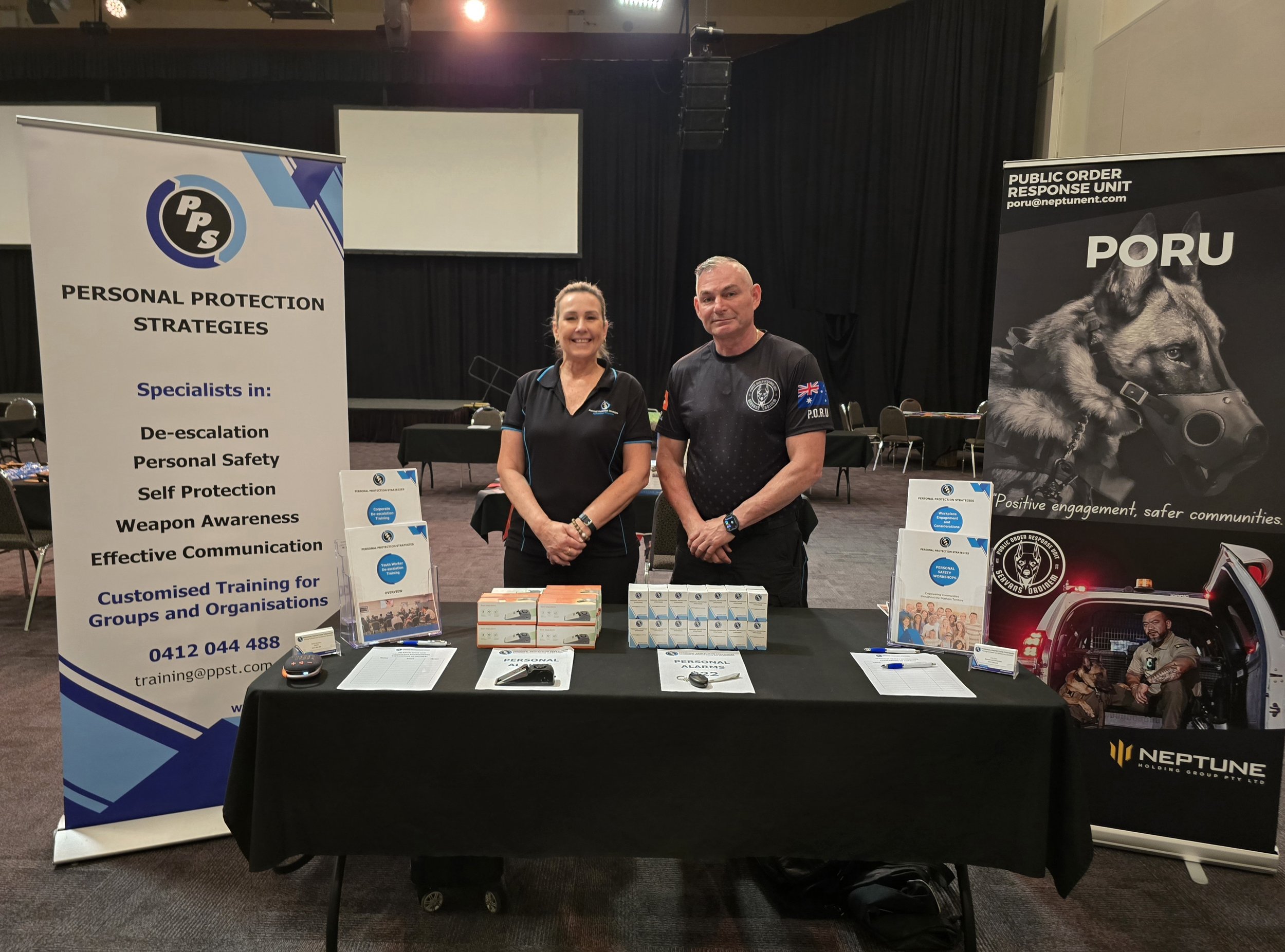
Personal Protection Program
At PPS, we prioritise the safety and well-being of individuals through our Personal Protection Program, with a specific focus on defensive physical strategies. Our program is designed to empower participants with practical and effective skills to navigate physical threats and enhance personal safety. Led by expert instructors, our comprehensive training covers a range of defensive techniques.
The Release, Retreat, Reassess methodology of self-defence is designed to empower individuals with practical, effective tools to navigate dangerous situations with confidence and clarity. This approach focuses on ensuring personal safety through decisive, well-timed actions that prioritise disengagement and self-preservation over confrontation.
This methodology underscores the idea that self-defense is not just about fighting back; it's about smart, situationally aware responses that maximise personal safety while minimising risk.
While everything we teach focuses on minimising physical contact, we understand that sometimes, despite your best efforts, you may have no choice but to fight for your life. In certain situations, defending yourself—or the safety of others—becomes the only option. Our self-defence philosophy is grounded in avoiding confrontation whenever possible, but we also prepare you for those moments when action is necessary.
Our team of qualified and experienced instructors bring a wealth of expertise across various self-defence disciplines. They are ready to address any questions or scenarios you present, taking the time to work with you individually to offer practical solutions where possible. Whether you’re facing a specific concern or seeking guidance on potential threats, our instructors are committed to providing you with the knowledge and confidence to protect yourself effectively.
TOPICS COVERED IN THE SESSIONS
Release, emphasises the importance of freeing oneself from an attacker’s hold. This can involve techniques to escape from grips like wrist grabs, collar holds, or chokes. The focus here is on breaking free efficiently and swiftly, using minimal strength but maximum leverage and body mechanics, ensuring that the individual has enough space to avoid further harm
Retreat encourages moving away from the immediate danger once the hold has been broken. This step is crucial, as it creates distance between the individual and the attacker, allowing time to regroup and reduce the risk of further physical altercation. Retreat is not about running in panic but a strategic withdrawal to safer ground, increasing the chances of successfully disengaging from the threat
Reassess allows the individual to evaluate their surroundings and make informed decisions about what comes next. Whether it’s seeking further escape, calling for help, or preparing for potential follow-up attacks, reassessment is about regaining control over the situation. By staying alert and composed, individuals can adapt to changing dynamics and ensure their next steps are calculated and safe.

